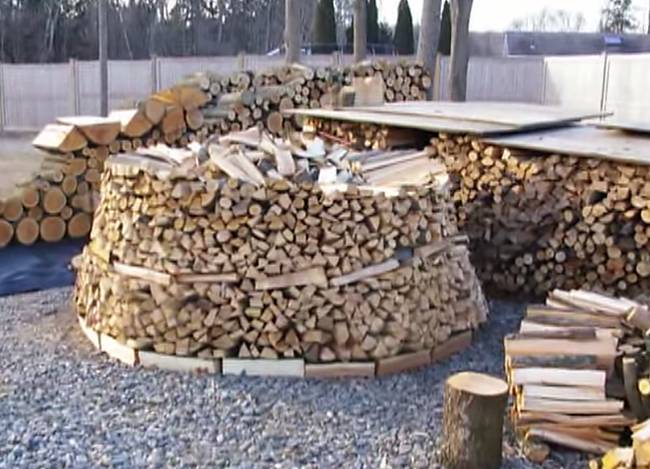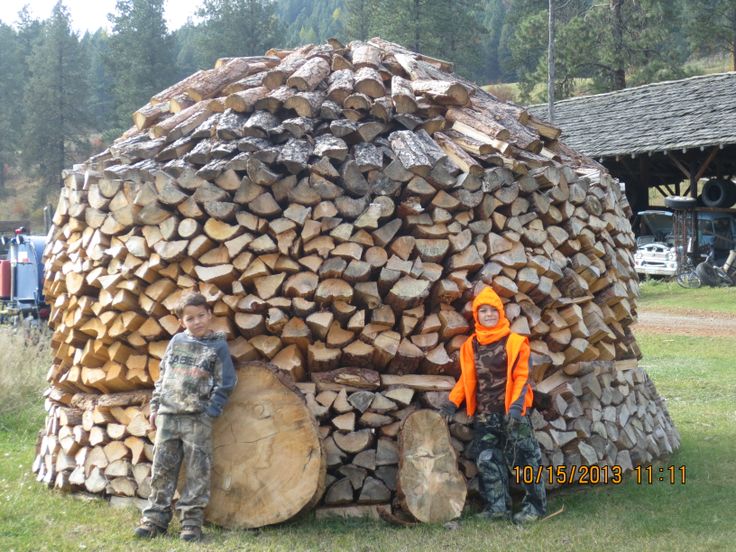Firewood suppliers?
/Between the loss of my archives and the crashing of my iPhone and the resulting loss of my contacts, I was unable to fully respond to reader's request for recommendations of local firewood suppliers. I remembered Riverside's Brian Krois - (203) 496-1241, and the bespoke, kiln-dried, wildly expensive Vermont Good Wood, Old Greenwich, whom ascot-wearing, Jaguar-driving Gideon loves, of course, because they deliver, stack it neatly in a custom rack, and provide a debarked, bug-free product. Pshaw.
But my original post on this topic, years ago, produced a number of recommendations and testimonials from readers about other reliable providers. As I recall, Ada Cantevero's nephew (Gus?) was one such vendor, but I'm not sure he's still in business. If you have a recommendation, please send it along, and I'll add a page.
(Everything that follows is from the top of my head, so if I've missed an important aspect, let me know in the comments, and I'll correct.)
Volume: I used to heat our 1835 farmhouse outside of Bangor with a wood stove, burning six cords a winter. I'd buy a truckload of 20' logs, buck them into stove lengths, stack them, dry them, and use them, so I became quite familiar with the stuff. Tips for buying ready-to burn firewood starts with getting what you pay for: a cord is 4' X 4' X 8' (you presumably don't want 4' logs, so you should be receiving 2' - 18" wood, x 2). And you my not, probably don't require full cord of wood for a winter's worth of occasional fires. A number of vendors will drop off a pickup truck's worth of wood and call it, and charge you for, a 1/2 cord (or "face cord"). Depending, that might be accurate, but measure it after you stack it and confirm. When I returned from Maine back in 1983, the first company I tried delivered a woefully small load of wood that, even unstacked and loose on the driveway, was clearly, to someone used to dealing with large volumes of firewood, pitifully short of the 1/2 cord I'd ordered. The company offered no relief, so I called "Mr. Belmont", the the town's official weight and measure enforcement officer, and complained. Mr. Belmont was sympathetic: he'd stacked plenty of his own firewood as a young man, but said he couldn't help. A few hours later he called back, saying he'd researched the matter and by golly, there was an official state standard for measurement of firewood, so he'd be over. I'd stacked the wood by then, and the two of us had a grand time measuring the volume, confirmed my suspicions, and Mr. Belmont then visited the supplier. A rather surly driver appeared the next day with a large load of wood which, combined with what had already been delivered, probably came to more than a full cord. Ha!
Quality: You want hardwood, not softwood, meaning oak, maple, beech, apple,etc., and not pine or spruce. There's much more potential heat in hardwoods, and softwoods will throw far more creosote up into the flue. That's bad: fire hazard. A guide to wood identification by bark is beyond the scope of this post, but beware of dried wood that's significantly lighter than the other logs you're stacking: it's probably softwood.
Dried vs green: You want dried, because green wood yields more creosote, is harder to start, and consumes much of the heat generated by the fire merely boiling off the moisture before actually burning the wood. What you want to look for are greyed ends with a lot of cracks. No cracks, it was probably cut a month-or-two earlier, rather than the year before (Red oak requires at least two years of aging, because its dense grain traps that moisture, but again, if you don't already know how to distinguish red from white oak — hint — it's red) then once again, we're beyond the scope of this essay.
Dried firewood
Of course, if you're buying from a reliable vendor, you really shouldn't have to worry about this. Still, as Reagan said about the Russians, "trust, but verify".
Burning: if your house is new to you, or you haven't done so within the past few years, have your chimney inspected and cleaned before firing up. And if you're putting in a wood stove, either have it professionally installed or read up on the subject: You need minimum clearance, or a heat shield, between the stove and any non-masonry wall behind it. Heat from the stove can gradually char the studs behind that wall, lowering its ignition point well below normal, and that could provide an unpleasant surprise at, say, 2:00 AM.
Finally, there's stacking. A long wall of wood is boring, frequently tips over and, to my eye at least, unsightly. Far more fun to build, and much better looking, is the beehive stack, with a central airshaft which, at least in theory, allows better air circulation and better drying. You can find instructions on the Net: just Google "beehive wood stacks", but here's one such article. Have fun.
Under contruction
It doesn't have to be this big, of course.
UPDATE: In addition to a confirmation of Brian Krois's excellent service, found in the comments, a reader sent me via email a recommendation of the Atko brothers, who purchased Gus Cantavero's business. I notice that they offer a $100 discount ($175 vs $275) for green wood. If you have the time (a year) to wait, and the inclination and the space to stack your own wood, a beehive pile would offer an enjoyable bit of exercise and save you money: there's not a gym in Greenwich that can duplicate that combination.



